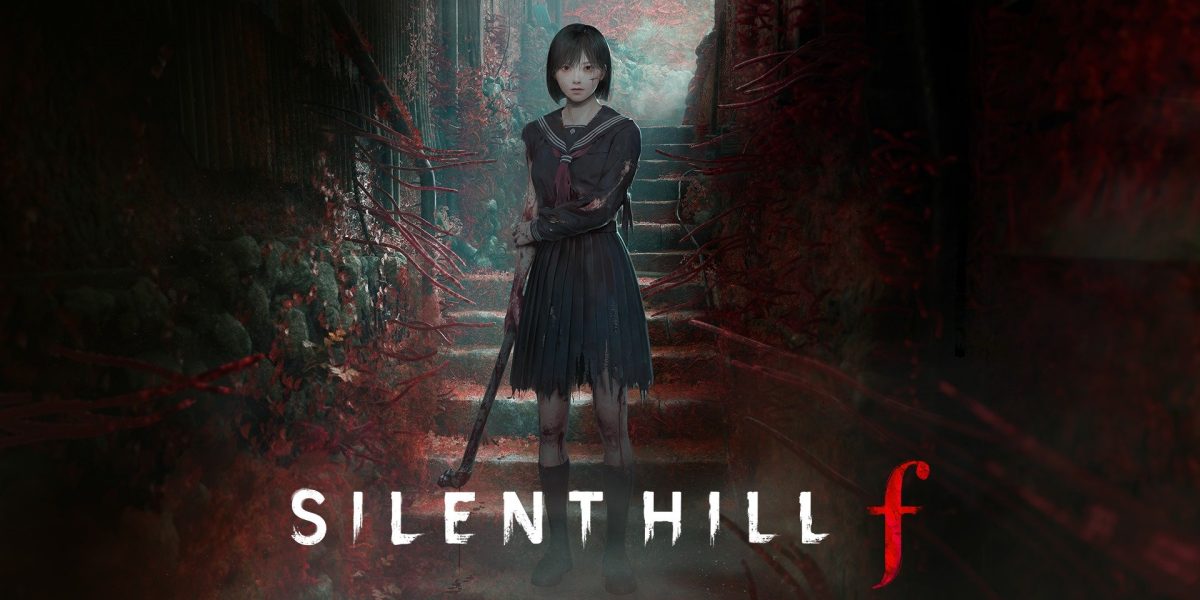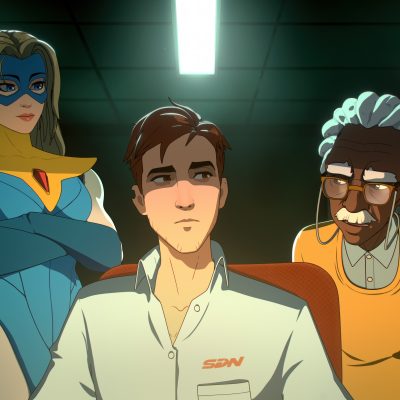When I first heard about Silent Hill f and discovered that Konami was relocating the next game to Japan, I was genuinely interested, and honestly, a little surprised. My reaction was divided between interest and skepticism. Removing the series from its more well-known American streets and sending it to Japan seemed bold, even reckless. But something was irresistibly appealing about this idea. The concept of Silent Hill reimagined by Japan’s own folklore, its haunting atmosphere, and its understated psychological tension promised a new kind of horror—a kind that could lead the series into beautiful, hauntingly new terrain.
Western filmmakers often lean into the slasher formula: buckets of blood, exaggerated violence, and endless jump scares meant to shock you into submission. It’s loud, frantic, and in your face. Japanese horror, though, takes a quieter route. It seeps under your skin, working through tension and silence. It plants fear like a seed, letting it grow slowly until it twists into something you can feel but can’t quite name.
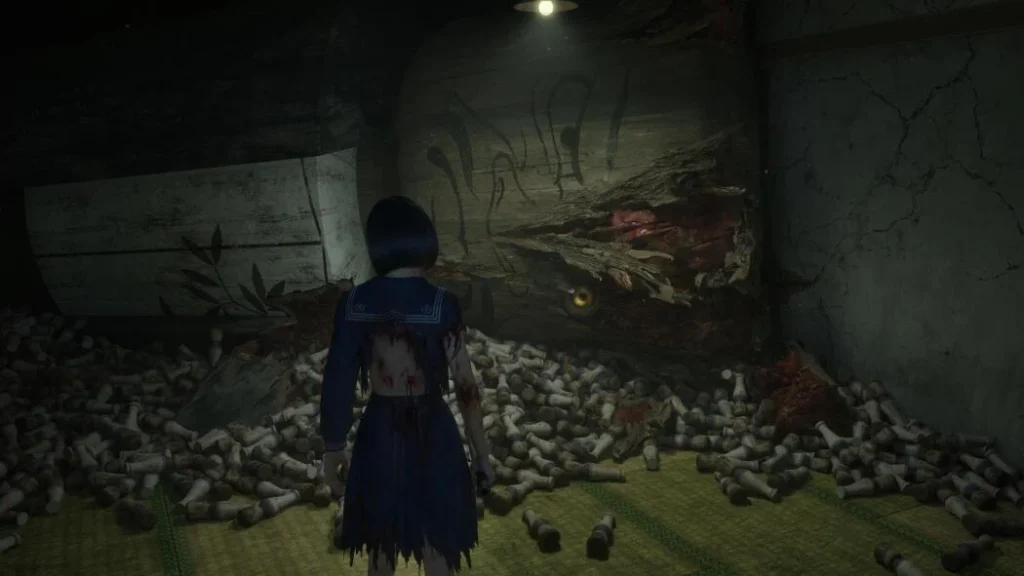
That kind of dread has always lived at the heart of Silent Hill, and this new setting had the chance to breathe new life into it. Sure, Silent Hill 2 Remake might mark a promising return for the series, but Silent Hill f seems poised to push things further. Is it gonna succeed though? That’s a tough question.
Overall, Silent Hill f isn’t as polished as the Silent Hill 2 Remake. Once you sit down to actually play it, the flaws become hard to ignore, but at the same time, its strengths are so undeniable that you might find yourself looking past most of them. That’s what makes the game so divisive among players. You either end up, like me, choosing to appreciate it for what it does right and learning to live with its many rough edges, or you reach a point where the problems start to overshadow everything good about it. So, let’s break it down, so you can decide for yourself whether Silent Hill f is really your kind of game before you buy it.
The transplanting of Silent Hill’s iconic fog from its original American suburb to the heart of Japan was a gamble on the part of Konami—and, surprisingly enough, I found that I liked this new setting better even than the original one. The narrow streets, the wooden houses, the way the fog clings low between them, it is all so thick and alien that words barely do it justice. You have to be there, walking through that ghostly maze of alleys, to truly appreciate what I’m driving at. As an environmental experience, this is one of the most immersive Silent Hill games yet made. Its world feels like it’s been crafted with carefullness—cold, crushing, and creepily alive—and has you in a chokehold like few games do.
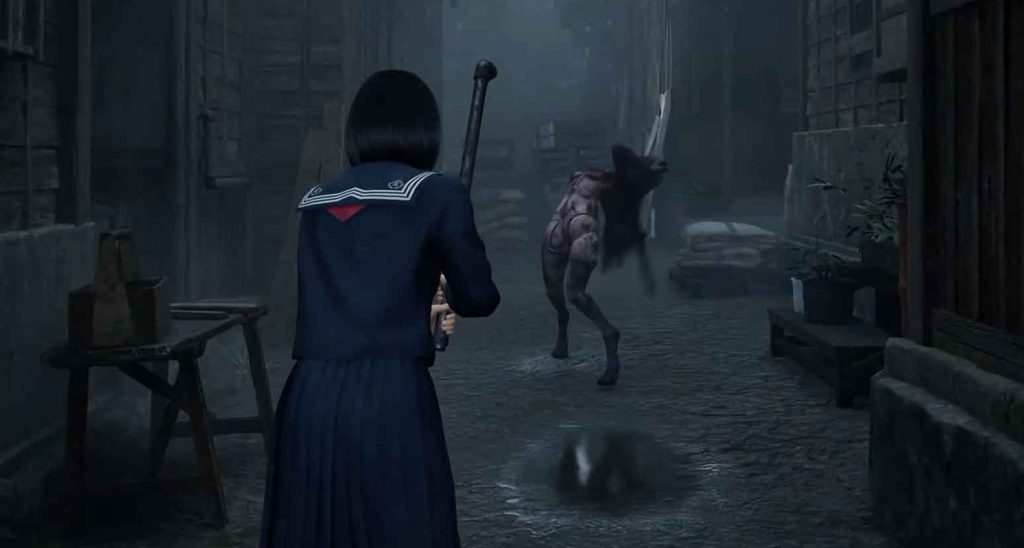
And then there are the monsters. Grotesque, twisted, and designed to stun, they take the same psychological seal that was in place with the early Silent Hill games. None of them are arbitrary or meaningless—each one is tied to a specific strand of narrative, a fragment of trauma or emotion that makes it meaningful. It’s that attention to meaning and design that gives Silent Hill f’s world its sense of reality, and extremity of horror.
The enemies in Silent Hill f are open to interpretation on a visual and symbolic level—and once you start uncovering the meaning behind their existence, the game’s story takes on a whole new layer of depth. The real puzzle of Silent Hill f isn’t just about surviving or progressing through the fog; it’s about piecing together the emotional and psychological logic behind each creature. Every monster represents something—a memory, a regret, a fragment of pain—and the moment you connect those dots, the entire narrative hits differently.
That level of care in designing and placing each enemy within the game’s world is something we rarely see in modern psychological horror. It’s a quiet kind of brilliance, one that deserves credit on its own. But when it comes to gameplay, things aren’t quite as impressive. In practice, the enemies don’t live up to their conceptual potential. Their behavior patterns are basic—two or three predictable moves at best—and they rarely surprise you after the first encounter.
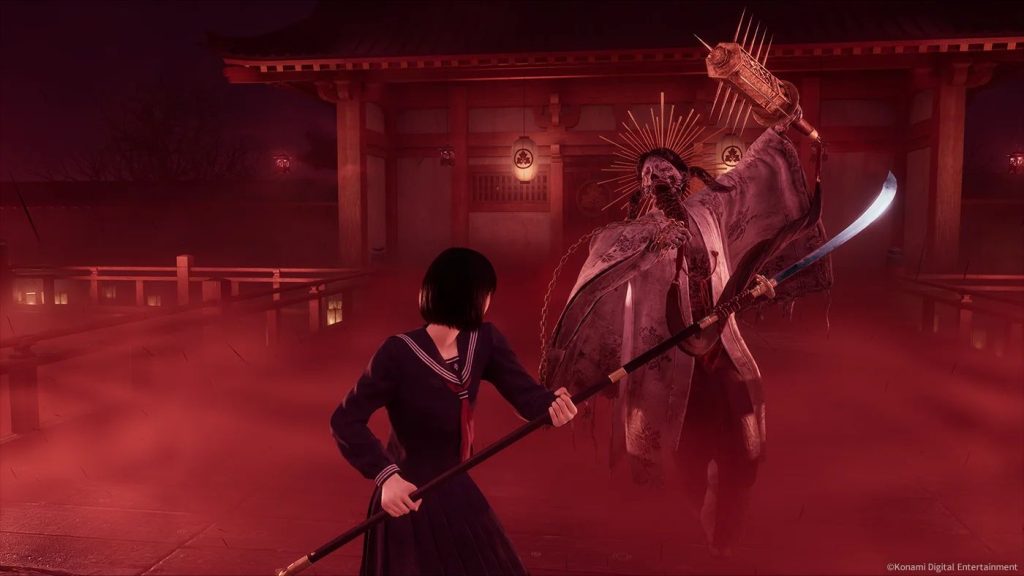
Take the mannequins from the Silent Hill 2 Remake, for instance. They were deceptively simple, yet you could never fully anticipate how or when they’d move. That unpredictability kept you tense, on edge, and terrified right to the end. Silent Hill f’s monsters, by contrast, look the part but fail to evoke that same lingering fear—the kind that creeps up when you realize you don’t quite understand what’s coming next.
Even so, the Silent Hill f development team seems to have missed one of the most important lessons from Bloober’s approach in the Silent Hill 2 Remake. After just a few hours, the enemies in f stop evolving—they run out of tricks, and combat begins to feel repetitive. It’s a shame, really, because that repetition chips away at the tension the game works so hard to build early on.
The absence of firearms doesn’t help either. Since all the combat is melee-based, with a focus on close-quarters encounters, the sense of danger starts to fade once you get comfortable with the mechanics. After a while, you realize you have the upper hand against nearly every creature you face. From a narrative perspective, this imbalance actually makes sense—the protagonist’s growing aggression and power can be read as a reflection of their mental descent. But mechanically, it dulls the fear. When you’re no longer afraid of what’s lurking ahead, Silent Hill starts to lose its edge.
To compensate, the developers tried increasing the number of enemies in tight, enclosed spaces. But that fix introduces a different problem. Like the earlier games, Silent Hill f’s combat system carries a certain deliberate sluggishness—a weight meant to heighten tension. Unfortunately, when that slow-paced system meets crowded environments, fights become more frustrating than frightening. Instead of fear, you’re left with fatigue.
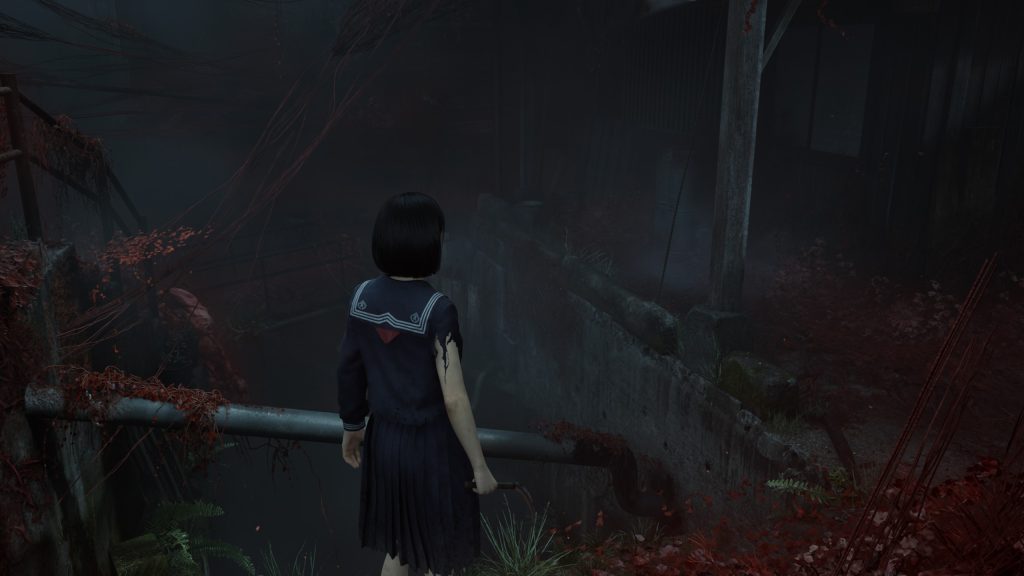
I genuinely appreciate how the puzzles here refuse to hold your hand. They’re not overly complicated, but they demand actual thought and patience. In an era where most games practically spell out the solution before you’ve even had a chance to think, Silent Hill f dares to make you stop, observe, and piece things together yourself. More than once, I found myself sitting in silence, trying to connect clues, and that feeling of figuring something out on my own was deeply satisfying.
The game’s refusal to make progress effortless is one of its most underrated strengths. It wants you to earn your way through both its story and its world. Sure, the combat may not reward you much—and for some players, that might be a flaw—but the puzzles more than make up for it. They pull you in, test your intuition, and remind you why the best kind of horror isn’t just about surviving—it’s about understanding.
Every element—the visuals, the sound design, even the smallest environmental details—works together to reinforce that central theme. Nothing feels accidental or forced. The game uses everything at its disposal to tell a difficult story the right way, and it succeeds with remarkable precision and empathy.
The Silent Hill series has always been praised for its thought-provoking narratives and emotional depth, but Silent Hill f takes that legacy and pushes it somewhere new. If I’m being honest, I’d rank it among the top three Silent Hill games ever made in terms of storytelling. It’s that powerful—disturbing, haunting, and, in its own strange way, profoundly human.
To sum it up, Silent Hill f is far from perfect—but then again, neither were any of the Silent Hill games we hold dear. The series has never been about flawless combat mechanics or intricate gameplay systems, and this entry is no exception. If that’s what you’re looking for, you won’t find it here.
But if what draws you to Silent Hill is its atmosphere, its emotional weight, and the way it quietly unsettles you long after you’ve put down the controller, then Silent Hill f absolutely delivers. Playing it brought back a feeling I hadn’t experienced since Silent Hill 2—that strange mix of fear, sadness, and reflection that lingers well beyond the credits.



